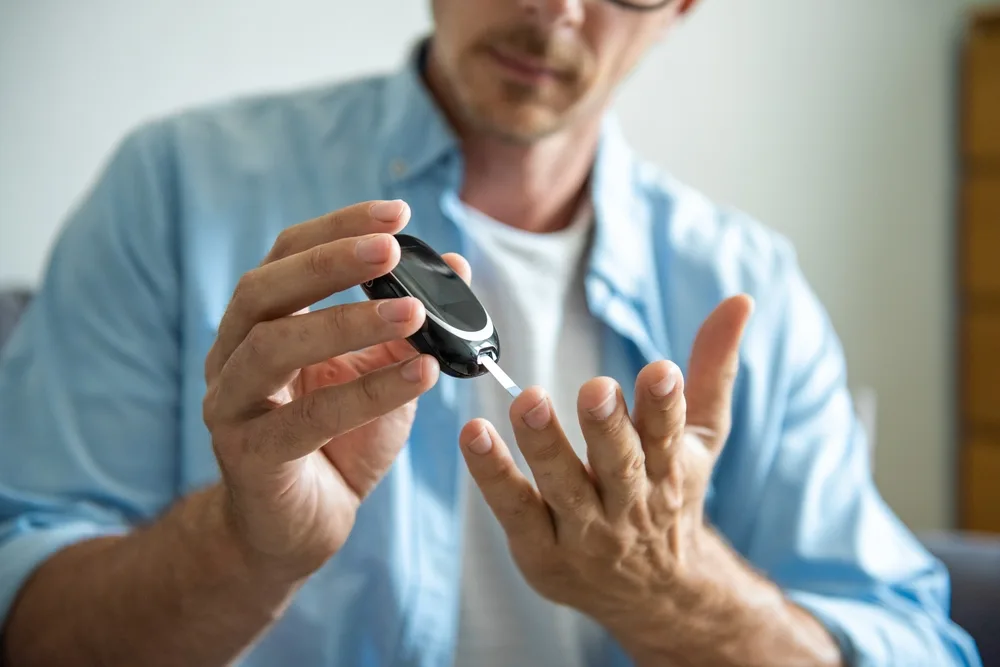The symptoms of hearing loss may not be as simple as whether or not you can hear any sound. In fact, detecting your own gradual hearing loss can be very tricky.
Maybe you’ve noticed that it’s harder to hear your family or friends speaking to you, even if they’re just a few feet away. Or, perhaps you keep your television volume cranked up to the highest level and still strain to listen.
If you’re experiencing any of the following signs, you may consider consulting your doctor about your possible hearing loss:
- Muffled speech or indistinct sounds
- Unable to make out words, especially when there’s background noise
- Inability to hear consonants, like B, T, and D sounds
- Asking others to repeat themselves, talk louder, or speak slower
- Turning up the TV or radio
The symptoms of hearing loss in others, especially babies, toddlers, and children, aren’t always straightforward. While you may be able to tell your friends, family or doctors about your symptoms, children cannot always express what they are feeling as easily.
If you suspect your infant or child is having difficulty hearing, it may help to start looking out for a few common signs and symptoms. He or she might be experiencing one or more of the following:
- Not being startled by loud sounds
- Not answering voice commands
- Not turning toward the direction of a sound
- Not speaking
- Not mimicking noises
Typically, you’ll undergo an audiometry test, also known as a hearing test, to be diagnosed with hearing loss. Infants undergo a general hearing screening no later than one month of age, though it’s common for this test to occur right after the baby is born.
A full hearing test may be required no later than 3 months of age if your baby does not pass the initial screening. Children who may be at-risk for developing hearing loss, such as those with a deaf parent, may have a hearing test done by the time they are two or two-and-a-half years old.
Some of the most popular types of hearing loss tests include the following:
- Pure Tone Testing, which measures your ability to hear sounds at various frequencies. You press a button every time you hear a sound, corresponding to which ear you hear it in. Your results show up in an audiogram, showing you how high a frequency needs to be for you to hear it.
- Bone Conduction Testing, which measures your response to sound using slight vibrations along the bone behind the ear.
- Speech Testing, which measures the faintest-level speech you can understand 50% of the time. It also tests your ability to hear speech among background noise, too.
- Acoustic Reflex Testing, which tests involuntary muscle contractions in the middle ear to determine which part of your ear your hearing loss issue stems from.
- Tympanometry, which measures your eardrum’s response to air pressure to determine if you have a buildup of fluid, a tumor, wax building, or another issue.
- Rinee test, which determines how differently each of your ears pick up sounds to see whether you have hearing loss in one ear.
After consulting with your regular doctor about your potential hearing loss, you may receive a recommendation for an audiologist. You may also consider searching “hearing test near me” to find the closest audiologist or screening center to get a test without a referral.
By Admin –








